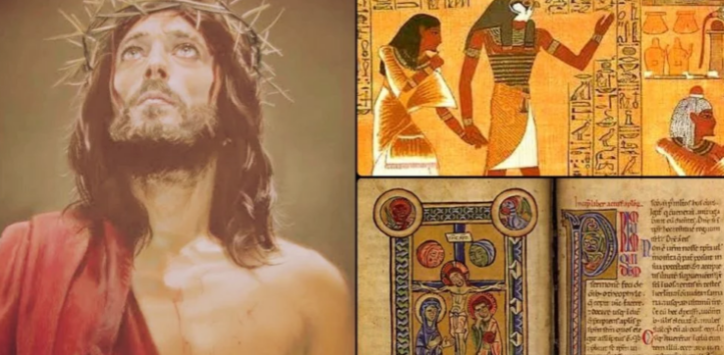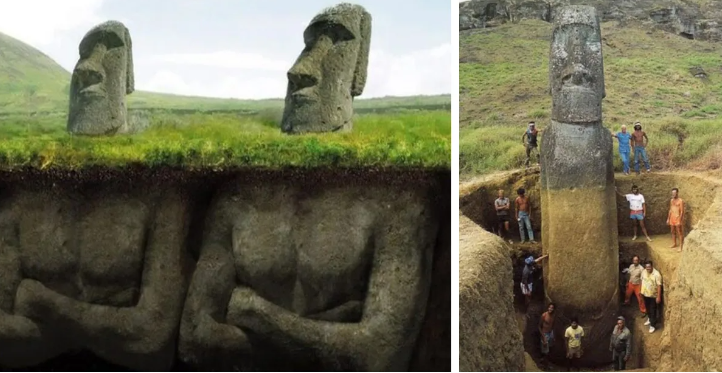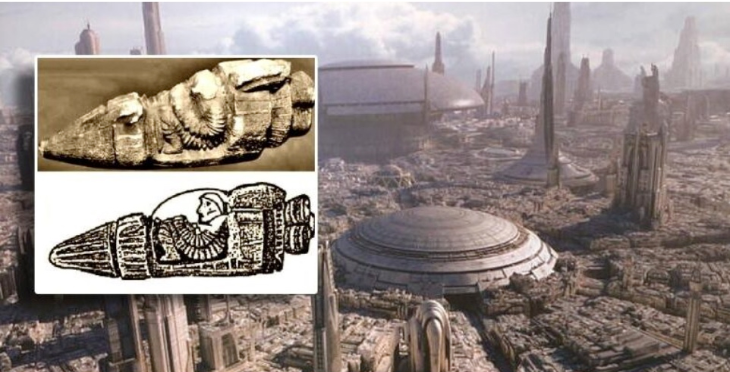
3,000-Year-Old Artifact Shows Ancient Astronaut Came To Earth In Spaceship
The most famous 3,000-year-old spaceship-like object that indicates the existence of ancient aliens on Earth is undoubtedly the most famous 3,000-year-old spaceship-like relic unearthed in Turkey in 1973. Zecharia Sitchin was the one who found I object.
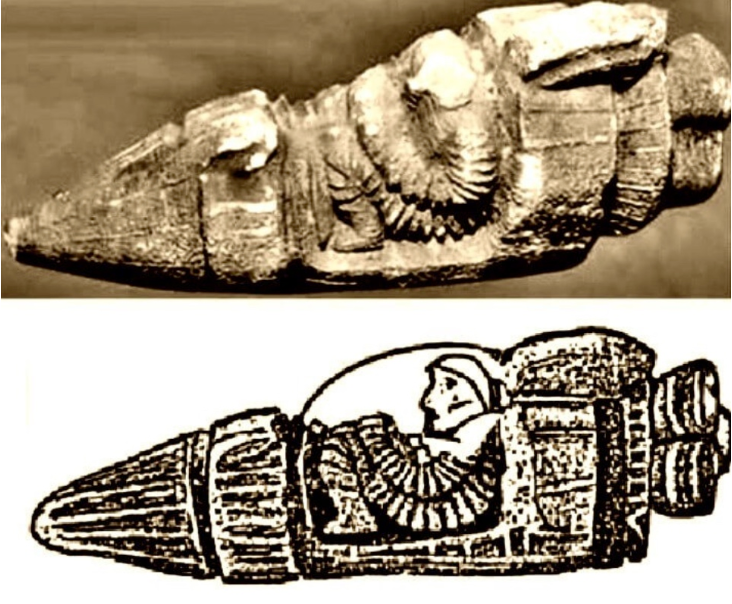
This cold gray stone image is a modern reimagining of an actual rocket powered by scientists and crewed by a human in a space suit. It could be the last piece of evidence to prove that ancient astronauts were right about aliens visiting Earth in the past.
A recent discovery at Lake Van in Tushpa, modern-day Toprakkale, according to Sitchin, uncovered traces of copper that could have come from Mesopotamia or Cyprus. The capital of Urartu in the 9th century BC was Tushpa. The kingdom of Urart was located near Lake Van in the Armenian Highlands. Urartu appears in Assyrian literature for the first time in written form.
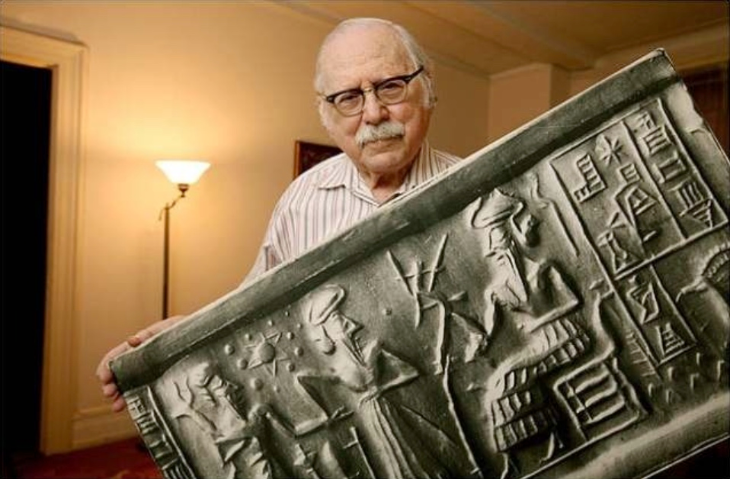
The inhabitants of Urartu, who spoke a language similar to Hurrian, adopted Assyrian cuneiform writing for various reasons. This amazing stone relic is estimated to be approximately 3,000 years old, although some scientists believe it could be older. It is preserved in the Istanbul Archaeological Museum in Türkiye and is not open to the public.
According to Sitchin’s book “The Earth Chronicles Expeditions,” the rock object is a carved-to-scale replica of a spaceship. 24 cm long, 9 cm high and 8 cm wide. At the rear of the monster, he mentioned a huge exhaust engine flanked by four smaller exhaust engines. The rocket pilot was missing.
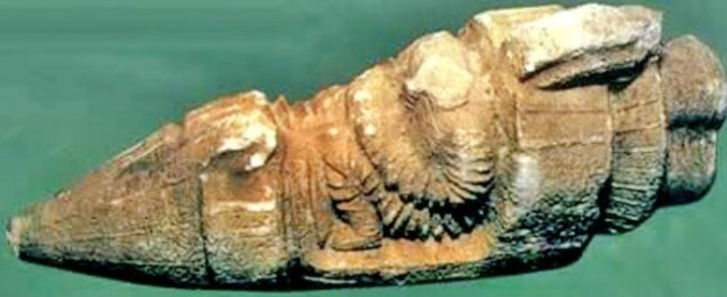
The existence of a cockpit in the spaceship-shaped rock sculpture shows that the Earth was visited by prehistoric astronauts. The pilot is said to be sitting cross-legged in the capsule. He wears a tight-fitting pressure suit.
The ancients had incredible skills with rockets. You’ve probably heard of the old concept of nuclear war with flying machines. It is said that our ancestors were able to travel through space and know more about the cosmos than we do. In Dhi Qar in 2016, then-Iraqi Transport Minister Kazim Finjan made a surprising comment. He said that the Sumerians had a spaceport and could go beyond the solar system.
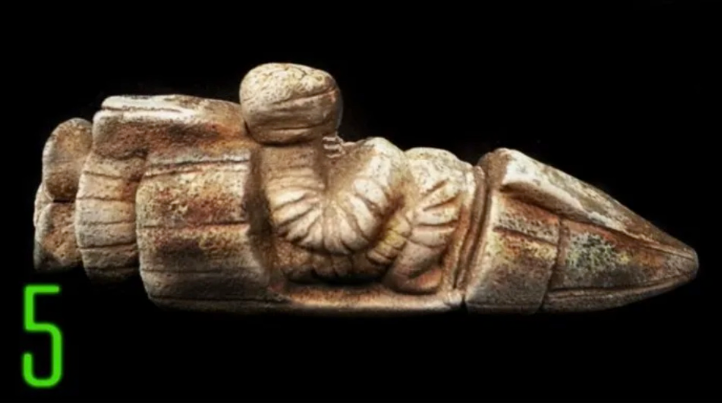
The Sibiu document, discovered in 1961, provides detailed descriptions of the fundamentals of rocketry, as well as images of a three-stage space rocket. The publication also includes instructions for making liquid rocket fuel from fuel mixtures. Although Conrad Haas is credited with writing the book, many people feel that it was based on much older sources.
Scholars have been puzzled for decades about how the gods of ancient Mesoamerica powered their planes, but new archaeological evidence has shed some light on the topic. In 2015, a large amount of liquid mercury was discovered near the foot of the Mexican pyramid of Teotihuacán.
